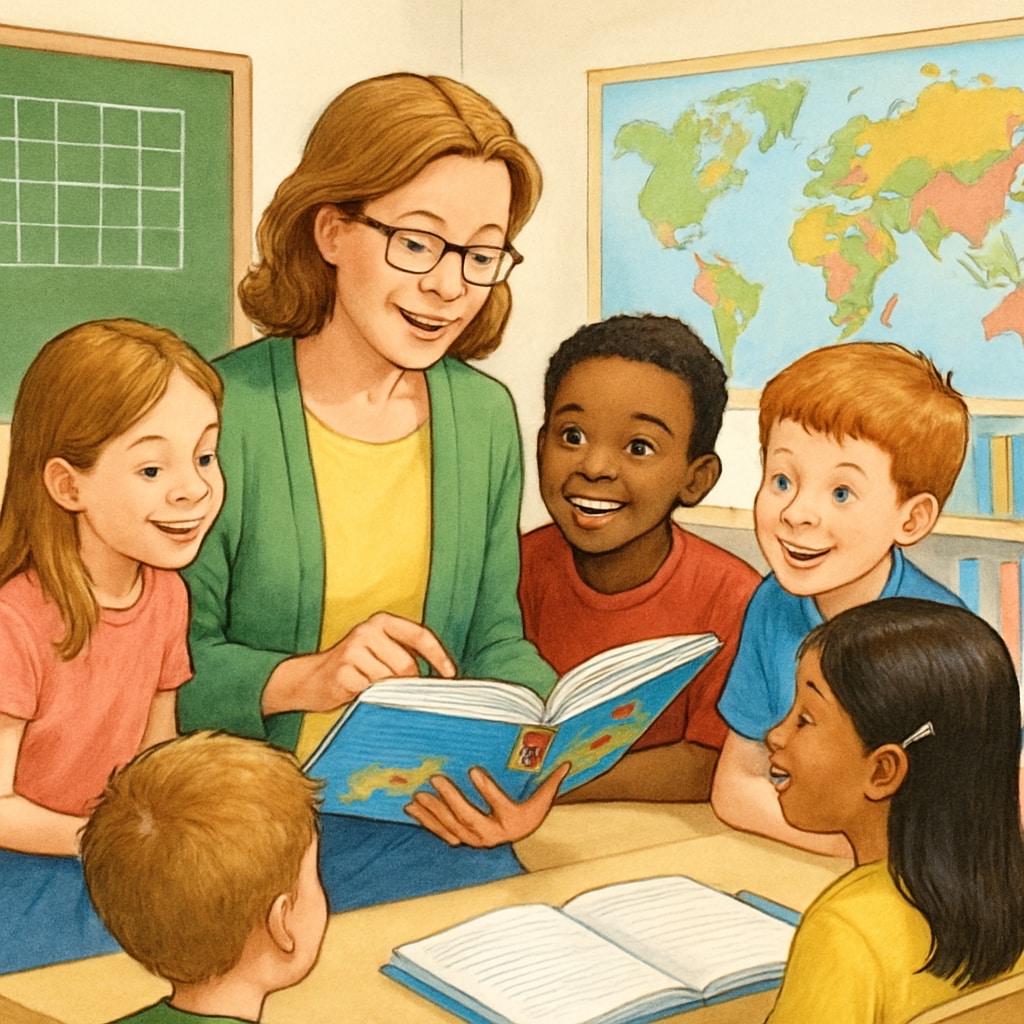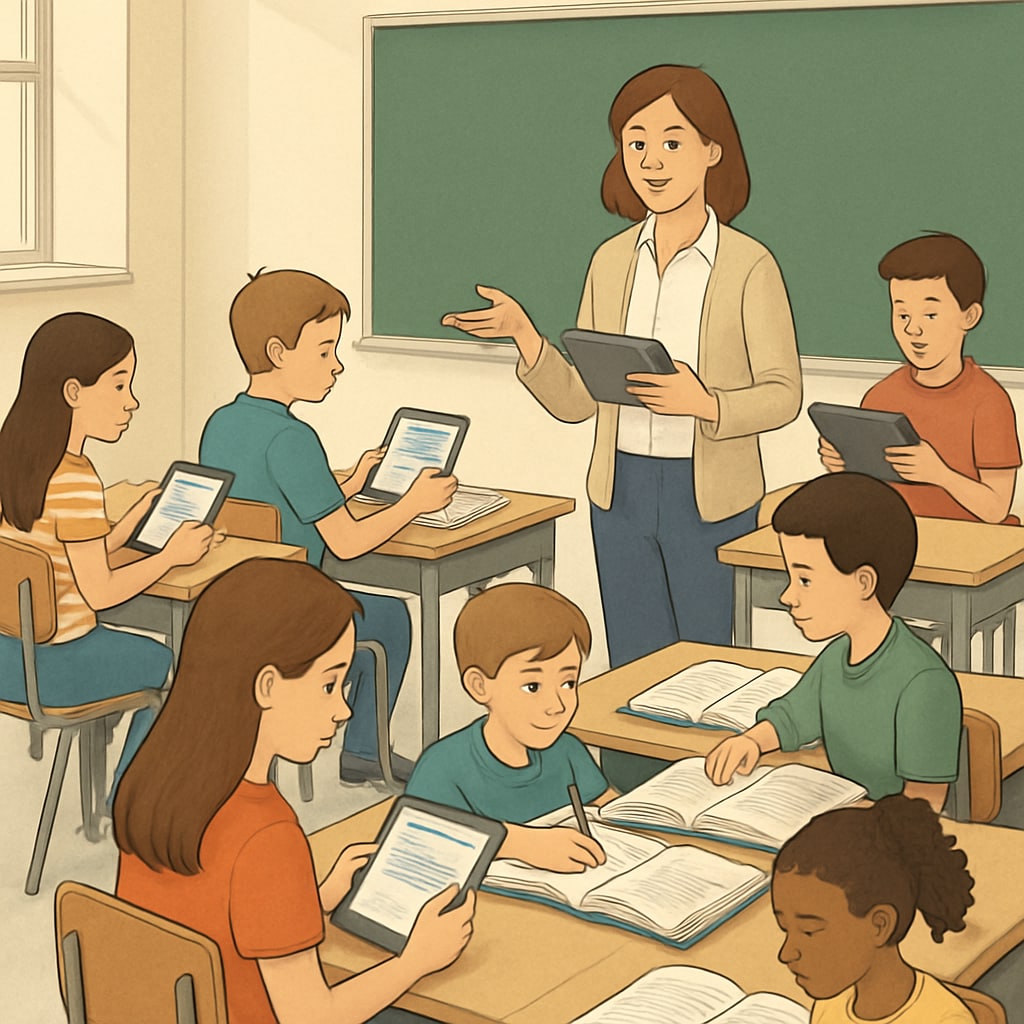For many, the name “World of Language” brings a rush of nostalgia—a vivid memory of a primary school textbook that made language learning exciting and approachable. As a staple in primary education, this classic textbook series revolutionized language instruction through its innovative design and focus on oral communication. Today, as education continues to evolve, it is worth revisiting the legacy of “World of Language,” reflecting on its contributions, and exploring what modern language education can learn from its approach.
The Unique Pedagogy of “World of Language”
“World of Language” stood out not just for its content but for its methodology. Unlike many textbooks of its time, it emphasized the art of storytelling, interactive dialogue, and practical exercises to engage young learners. The textbook’s colorful illustrations and relatable scenarios were designed to spark curiosity and encourage active participation in the classroom.
For example, instead of relying solely on rote memorization, “World of Language” introduced role-playing activities, where students could practice conversational skills in real-world contexts. This focus on oral language skills allowed children to build confidence in speaking, listening, and understanding nuanced communication. The textbook also promoted collaborative learning, encouraging group discussions and peer-to-peer interactions.

Lessons for Modern Language Education
In today’s digital age, language education often leans heavily on technology-driven tools such as apps, online platforms, and multimedia content. While these resources have their advantages, they sometimes overlook the importance of oral language skills—a cornerstone of “World of Language.” This classic series reminds us of the irreplaceable value of face-to-face interaction in language learning.
Modern educators can draw valuable lessons from “World of Language”:
- Interactive Learning: Incorporating role-playing, storytelling, and group discussions can make lessons more engaging and holistic.
- Focus on Oral Skills: Prioritize speaking and listening exercises to help students become more confident communicators.
- Relatable Content: Use scenarios and examples that resonate with students’ daily lives to make learning relevant and enjoyable.
By blending traditional teaching practices with modern technology, educators can create a balanced approach that fosters both oral and written language skills.

Rediscovering the Value of Classic Resources
Textbooks like “World of Language” serve as a reminder of the enduring power of well-crafted educational materials. Their success lies in their ability to connect with students on a personal level, making learning an enjoyable and memorable experience. As we navigate the complexities of 21st-century education, it’s essential to preserve the core principles of effective teaching—principles that “World of Language” exemplified so beautifully.
Reintroducing such classic resources, even in a modernized format, could bridge the gap between traditional and contemporary teaching methods. By doing so, we ensure that the timeless art of language teaching continues to thrive, inspiring new generations of learners.
Readability guidance: This article uses short paragraphs and bullet points to enhance readability. Transition words like “for example,” “in addition,” and “as a result” are used throughout to ensure logical flow. The text balances historical reflection with actionable insights for modern educators.


